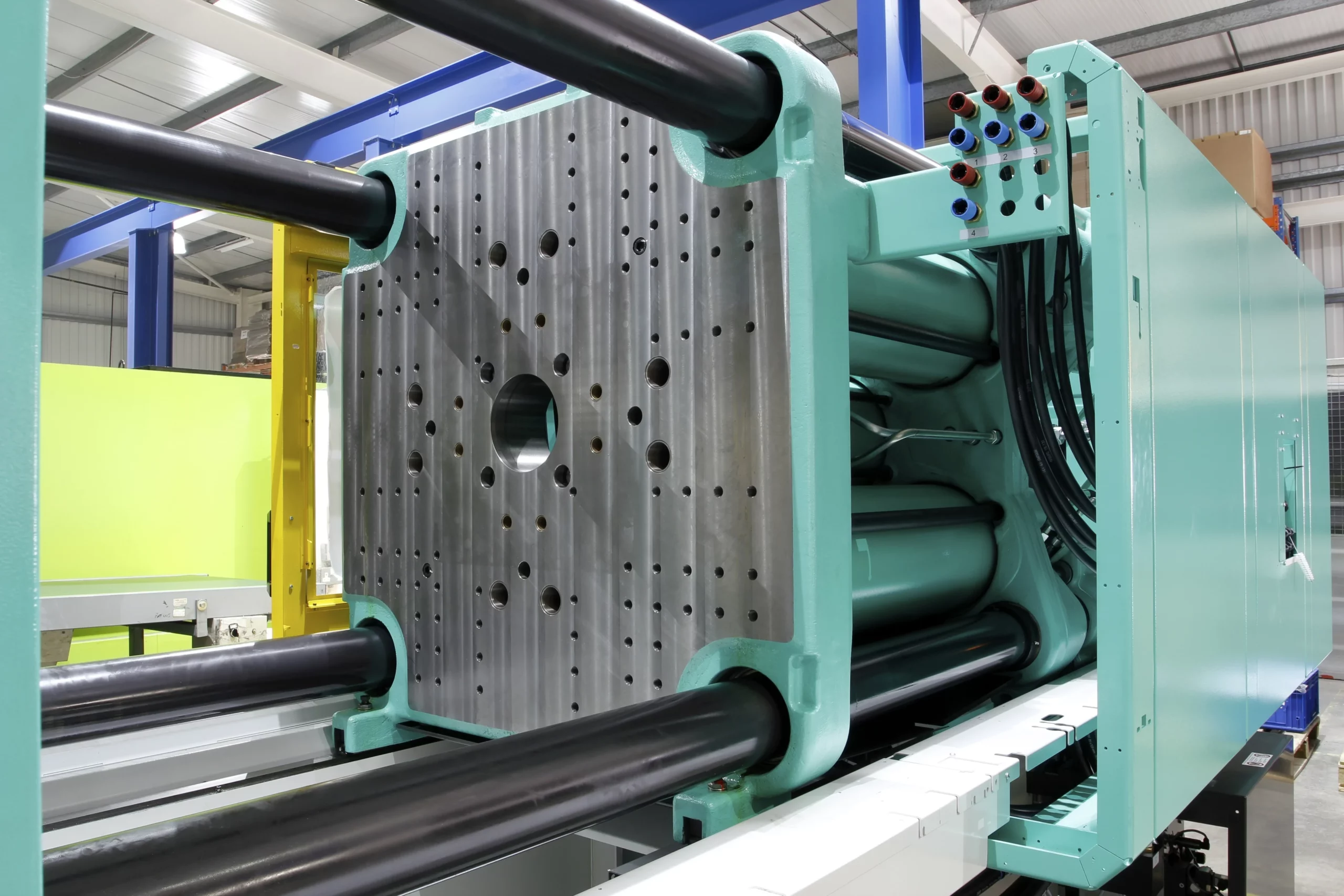
Custom injection molding is the most efficient method of mass-producing parts out of plastic. However, to optimize efficiency and cost-effectiveness, part design and tooling must be designed correctly from the start in order to achieve a successful outcome.
In this blog post, we’ll discuss some key topics regarding how to effectively design your custom plastic part needs, including formulating the best tooling solution, material selection, understanding tolerances during manufacturing for both aesthetics and functionality, as well as creative tips for optimizing your product’s design for large-scale injection mold production.
Read on to learn all about designing effective tools and optimized products using our top-of-the-line plastic-molded component solutions!
The Benefits of Custom Injection Molding
Custom injection molding offers many benefits for businesses seeking to produce plastic parts and products with speed, precision, and cost-effectiveness.
By utilizing advanced equipment and technologies, custom injection molding provides high accuracy, repeatability, and consistency in part production, resulting in high-quality, durable products.
Additionally, custom injection molding provides greater design flexibility, allowing businesses to create complex, intricate shapes and designs that are difficult to achieve with other manufacturing methods.
This can lead to enhanced functionality, improved performance, and greater customer satisfaction. Moreover, custom injection molding is highly scalable, enabling businesses to produce large quantities of parts efficiently and quickly, reducing lead times and increasing productivity.
All in all, custom injection molding is an indispensable technology that offers numerous advantages for businesses of all sizes and industries.
Key Factors in Design for Custom Injection Molding
Designing for custom injection molding is a complex process that involves many factors. One of the key factors is material selection. Different materials have different properties that affect the functionality and reliability of the final product.
It is important to select the right material to ensure that the product meets the requirements of the application and performs as intended. Another important factor is tooling design. The tooling used in injection molding can significantly impact the product’s quality and consistency.
A well-designed tool can produce parts that are consistently accurate and free of defects. Other factors to consider include part design, mold flow analysis, and process control. When all of these factors are properly addressed, the result is a product that meets the customer’s requirements and performs as expected.
Optimizing Part Design for Tooling Cost Efficiency
Creating efficient and cost-effective tooling is a crucial aspect of the manufacturing process. Optimizing part design for tooling cost efficiency can result in significant savings in terms of both time and money. By analyzing each part’s geometry, engineers can identify potential issues and make design changes that will reduce the tooling cost.
This could include reducing the number of tooling operations required or modifying the part’s shape to minimize tool wear. Improved design can reduce the amount of material used and minimize the number of separate toolings required, leading to improved part production at lower costs.
Preparing Tooling for Plastic Molding Manufacturing
Proper tooling preparation is crucial to ensure a successful plastic molding manufacturing process. Tooling refers to the molds, dies, and other equipment that will be used to create the final product. It is important to carefully inspect and maintain the tooling to avoid any defects in the final product.
This includes ensuring the molds are clean and free of debris, checking for any wear or damage, and properly lubricating moving parts. Additionally, the tooling must be correctly positioned and secured to ensure consistency in the molding process. Proper tooling preparation not only improves the quality of the final product but also reduces the likelihood of production delays or failures.
Quality Control Techniques for Design Verification and Validation
As the demand for reliable products grows, so does the importance of quality control techniques in design verification and validation. These techniques are used to ensure that a product meets the specifications and requirements set by stakeholders.
Quality control techniques, such as statistical process control, risk management, and reliability testing, help identify defects and improve the quality of the product. These techniques can also help designers and engineers collect and analyze data to make informed decisions about the product’s design and manufacturing processes.
Troubleshooting Tips for Common Defects in Plastic Parts
When it comes to plastic parts, defects can sometimes be an issue. Luckily, with a little bit of troubleshooting, these issues can often be corrected.
One common defect is warpage, which occurs when the part is not cooled properly and leads to a bent or distorted shape. Another defect is sink marks, which result from uneven cooling and can create depressions on the surface of the part.
Additionally, air traps can occur during the molding process, resulting in bubbles or voids in the plastic.
Custom injection molding can be an invaluable method for producing plastic parts of various shapes and sizes with great accuracy and detail. In order to ensure cost efficiency and quality control, key design factors must be considered when optimizing part design for tooling.
It is also important that the correct processes are followed in the preparation of tooling for plastic molding manufacturing, as well as proper techniques for design verification and validation.
Lastly, common defects can be avoided with troubleshooting tips if they do arise, ensuring excellent results every time. Ultimately, custom injection molding is an incredibly valuable tool for efficient mass production of plastic parts without sacrificing quality or costing too much money.

 Multi-Cavity Molds: Increasing Output and Reducing Cycle Time in Plastic Molding
Multi-Cavity Molds: Increasing Output and Reducing Cycle Time in Plastic Molding